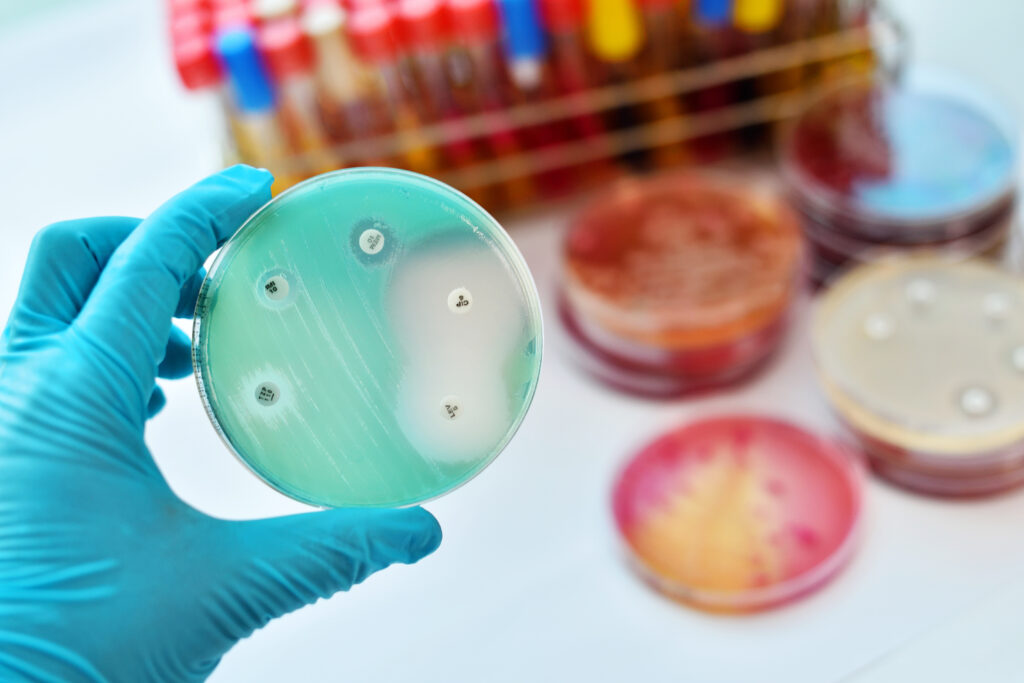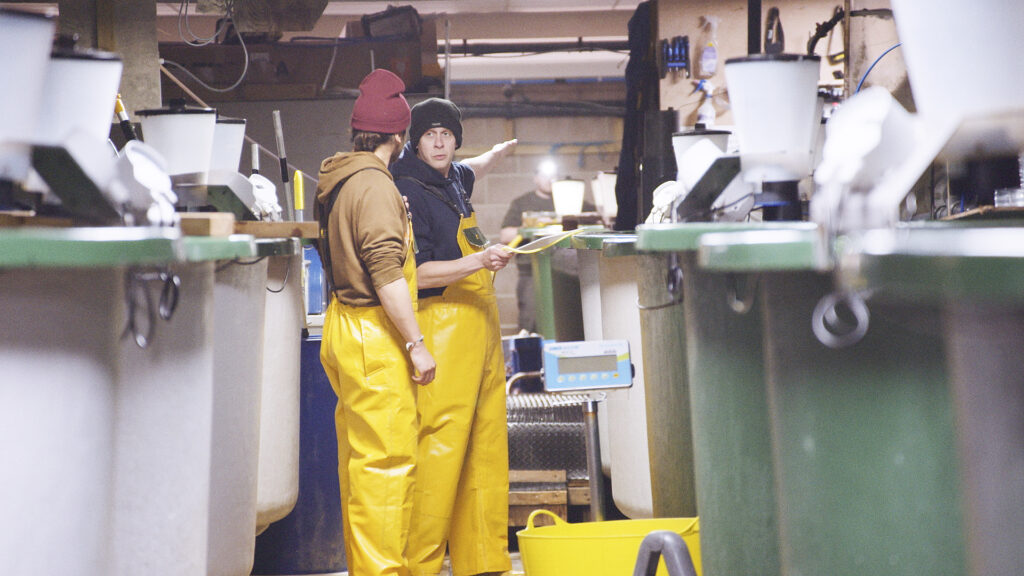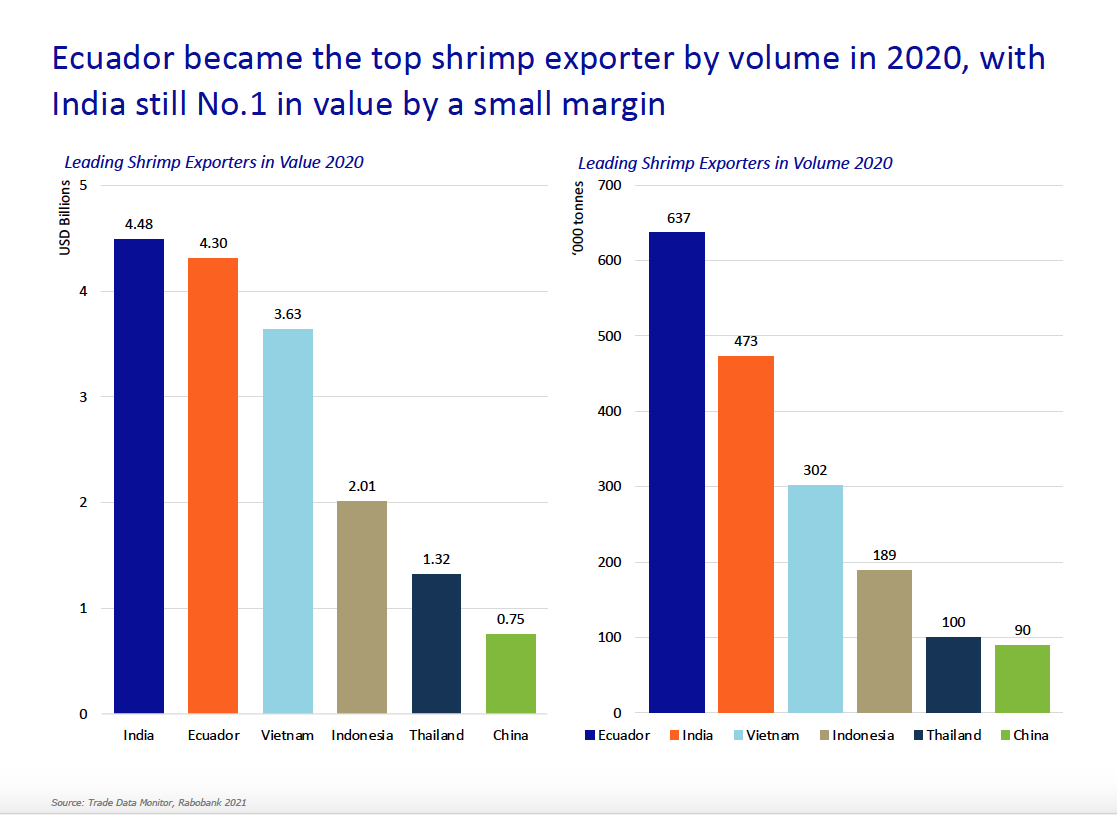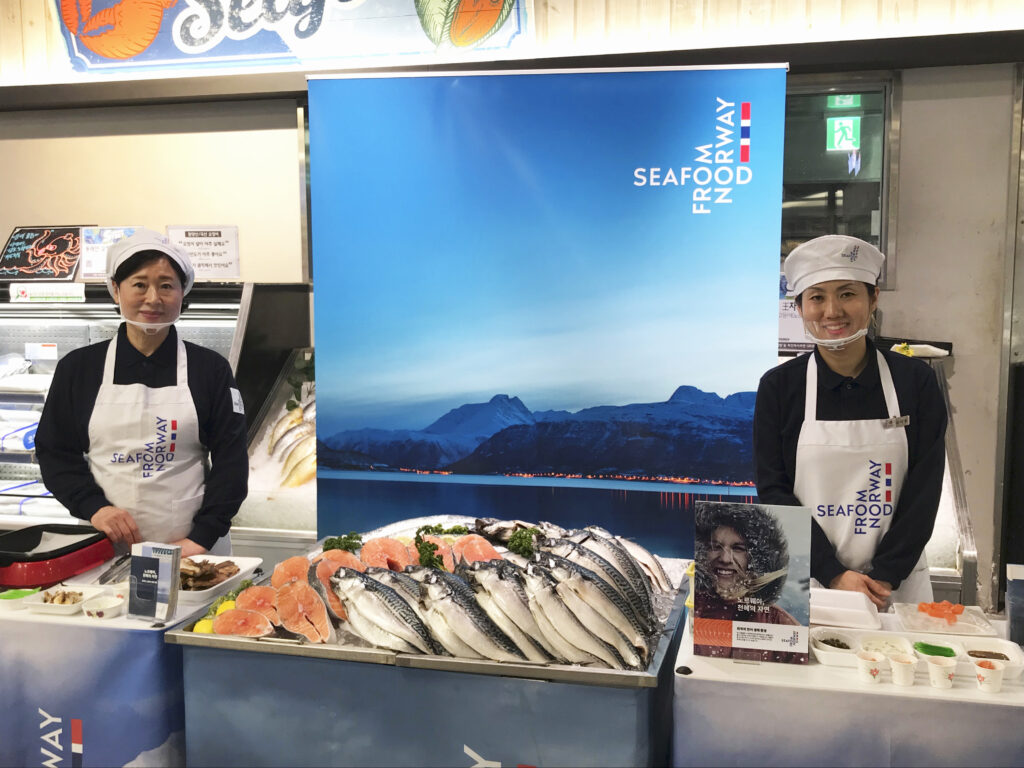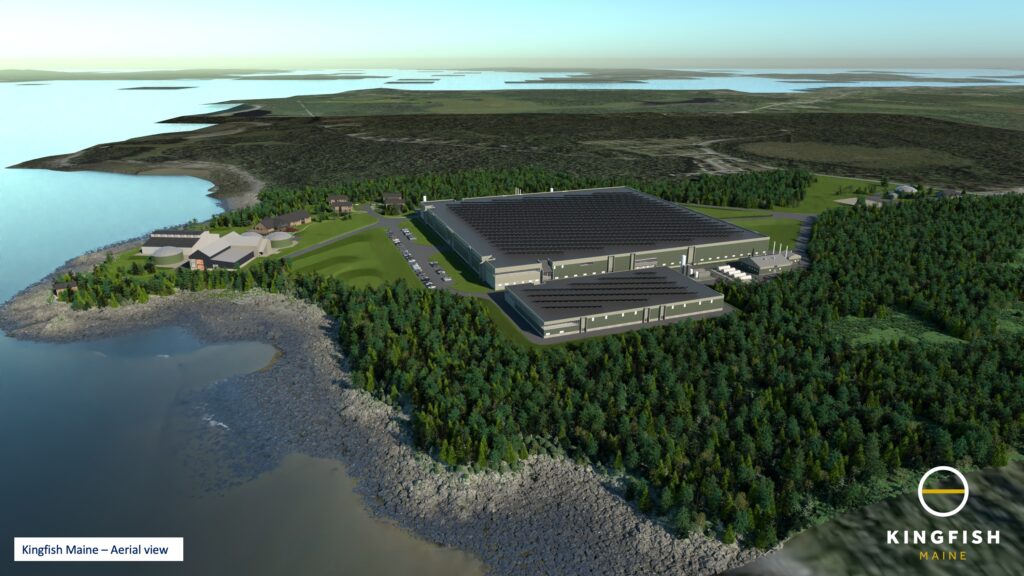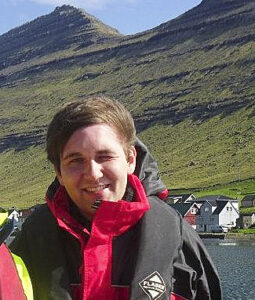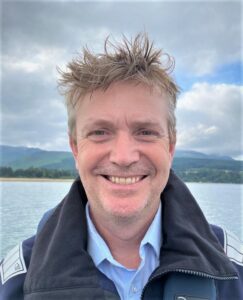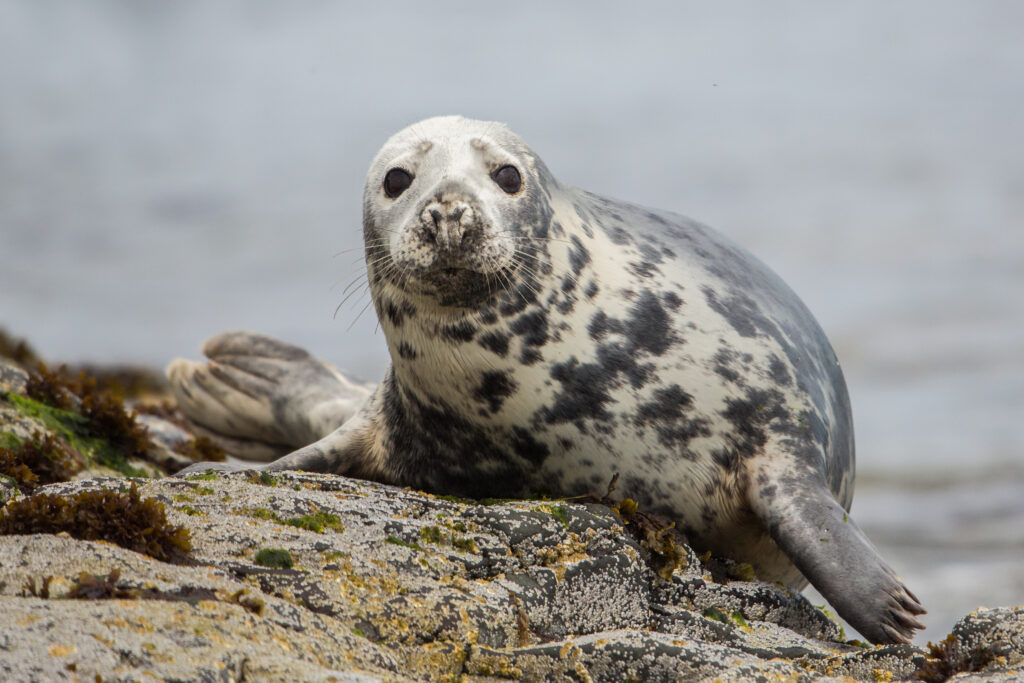Features
Solid progress
Scottish aquaculture made excellent progress in almost eliminating the use of “critically important antibiotics” last year, according to an independent report. Norway, the world’s largest salmon farming country, can also report a similar success story. Critically Important Antibiotics are those classed as essential for human health, but where overuse in the past has been putting…
Read MoreNothing wasted
Fish farming byproducts have the potential to increase the sustainability of aquaculture and contribute to other sectors – such as food, diet supplements, animal feed and cosmetics – according to a new study. Researchers from the University of Stirling’s Institute of Aquaculture have found byproducts – such as fish heads, frames, trimmings, skin and organs…
Read MoreInnovation ahoy!
Sustainable development of the aquaculture sector can help contribute to national food security while helping to meet lower carbon emissions from our food, so it is not surprising that efforts are being made to help promote growth of the industry in England. The pathway to achieving sustainable growth was set out in the English Aquaculture…
Read MoreAquaculture bounces back
The Global Seafood Alliance (GSA) Conference – notionally in Seattle this year, but actually online – saw the unveiling of the GSA’s global aquaculture production surveys and forecast, covering finfish and shrimp. Both surveys were produced by the GSA in association with Rabobank, with additional data from the United Nations Food and Agricultural Organisation (FAO)…
Read MoreFlying the flag
Spain and South Korea will be the main targets next year as the Norwegian Seafood Council unveils another massive marketing budget. The organisation has set aside just over NOK 300m – around £25m – giving rival salmon producers such as Scotland and the Faroe Islands a lot to think about. The budget is similar to…
Read MoreLong live the kingfish
November saw another milestone for The Kingfish Company and its planned recirculating aquaculture system (RAS) project in the north-eastern United States, with an important real estate deal. The purchase of land near Jonesport, Maine, is an important step towards making the project a reality, following the earlier approval of key permits allowing it to move…
Read MoreLumpfish with personality
Lumpfish are deployed into salmon farms to help control outbreaks of sea lice, but just how effective these cleaner fish are in preventing parasites from infecting salmon is a matter of ongoing debate. While research has found salmon from cages stocked with lumpfish have infection rates 60–100% times lower than salmon from cages without lumpfish,…
Read MoreGimme shelter
In October, Loch Long Salmon (LLS), the business looking to create Scotland’s first semi-closed salmon farm, submitted the planning application for its proposed farm site at Loch Long near Beinn Reithe in Argyll. The semi-closed system envisaged includes an inner layer with a conventional net, and another layer that is impermeable and opaque. The farm…
Read MoreComing up, Down Under
Every Christmas Eve – before the pandemic struck – Australians would descend on big city seafood markets in their tens of thousands buying up salmon, prawns and almost every type of edible fish traders had to offer. The traditional roast turkey dinner, once so beloved of 1950s British migrants, disappeared long ago in a country…
Read MoreMaking waves
Sound waves are a non-lethal way to deter seals, but there is a debate over their use. Sandy Neil reports It’s a simple question fish farmers face: how do you keep the salmon in and predators such as seals out? The solutions, however, are many and complex, each with their own advantages and disadvantages that…
Read More
